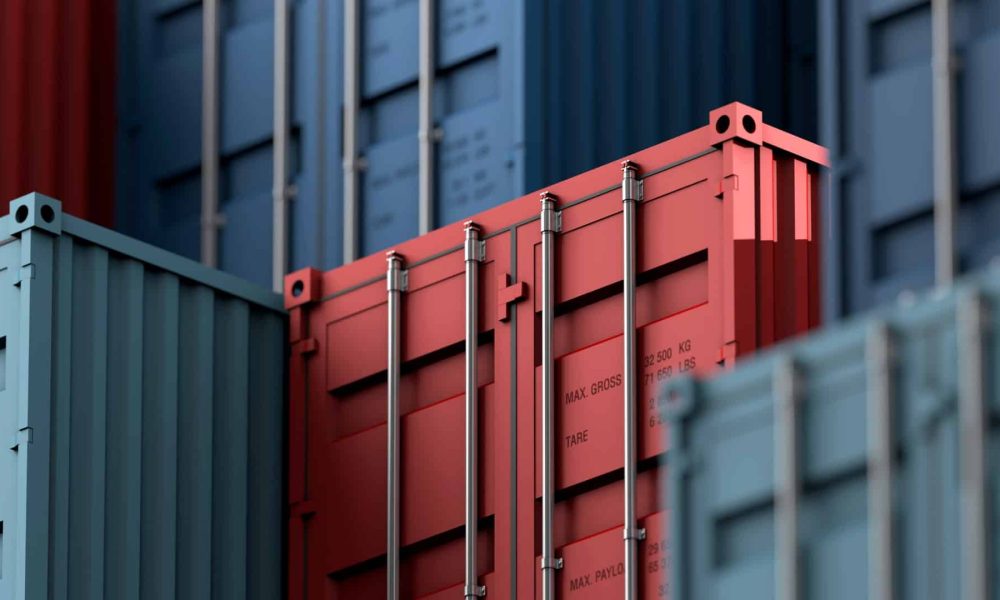Current Challenges in the Air & Ocean Freight Markets
The air and ocean freight sectors present unique challenges and opportunities in the current logistics landscape. This overview discusses the market’s state and its implications for global trade businesses.
Ocean Freight Insights:
There has been a decrease in the volume of ocean freight coming out of Asia lately. However, there have been some geopolitical tensions, such as recent attacks in the Red Sea, that have affected traditional shipping routes, especially around the Cape of Good Hope as an alternative to the Suez Canal. This shift has not necessarily increased the amount of cargo being transported, but it has caused a supply-demand imbalance, which has temporarily spiked freight rates. As we move through Q2, we have observed that these rates are starting to stabilize after a significant increase in Q1. To optimize capacity, carriers are offering spot quotes to fill slots.
Air Freight Adjustments:
The air freight industry has been thriving lately, largely because of the issues faced by the ocean freight sector. Due to the Red Sea crisis and a strong surge in e-commerce activity, there has been a significant shift in shipping from ocean to air, especially from Asia and the Indian Sub-Continent to North America. This shift has resulted in a higher demand for air cargo and increased air cargo rates. Although there are still concerns over congestion and space shortages, particularly for air exports from India, the expected rise in belly capacity on passenger flights during the summer season is anticipated to ease some of these pressures.
North American Port and Rail Issues:
Several logistical issues are impacting ports and rail services in North America:
- Vancouver: A surge in imports coupled with a limited supply of rail cars has led to extended dwell times for containers, with averages exceeding seven days in some terminals. Efforts by CN and CP to increase train lengths and supply additional railcars are underway to address these delays.
- Montreal: At the Port of Montreal, negotiations continue between the Maritime Employers Association and the Longshore Workers’ Union, with no current strikes. Mediation remains ongoing, with any potential work stoppage requiring 72 hours’ notice following a strike vote.
- Baltimore: The collapse of the Francis Scott Key Bridge has severely affected operations at Baltimore Port. Ongoing recovery efforts are expected to restore normal access by the end of May.
- CN and CPKC Rail: A potential strike looms as the Teamsters Canada Rail Conference has called for a strike vote among members, which could significantly disrupt operations if it proceeds.
Businesses must remain vigilant and adaptable in their shipping strategies due to recent developments. To stay updated or discuss alternative solutions that may better suit your logistics needs, it’s important to reach out to industry experts such as Debbie McGuire, Director of Freight Solutions, or Cathy Fong, Director of Freight Pricing. Navigating these complex market conditions requires a strategic approach to logistics and a clear understanding of evolving global dynamics.



















